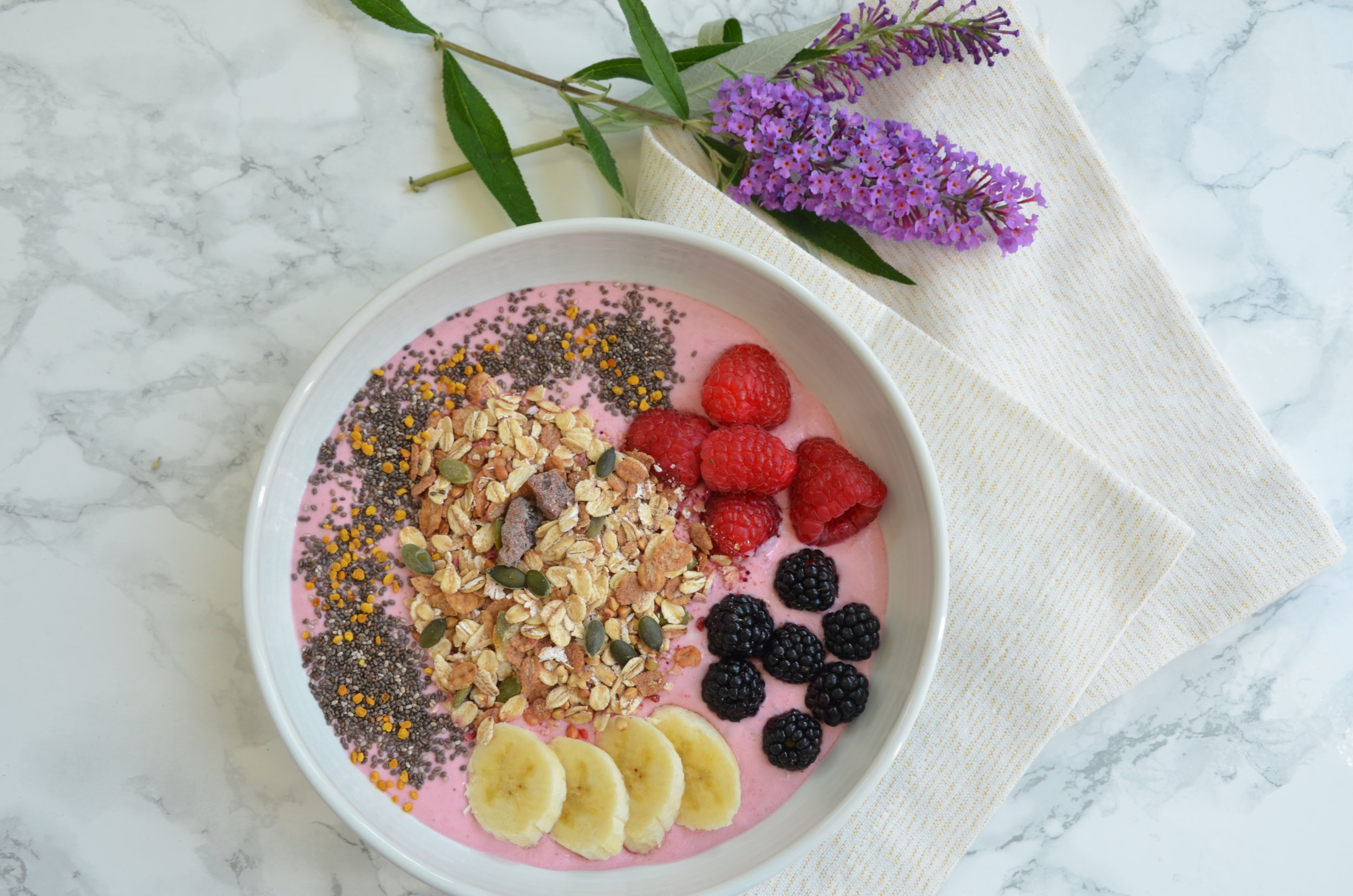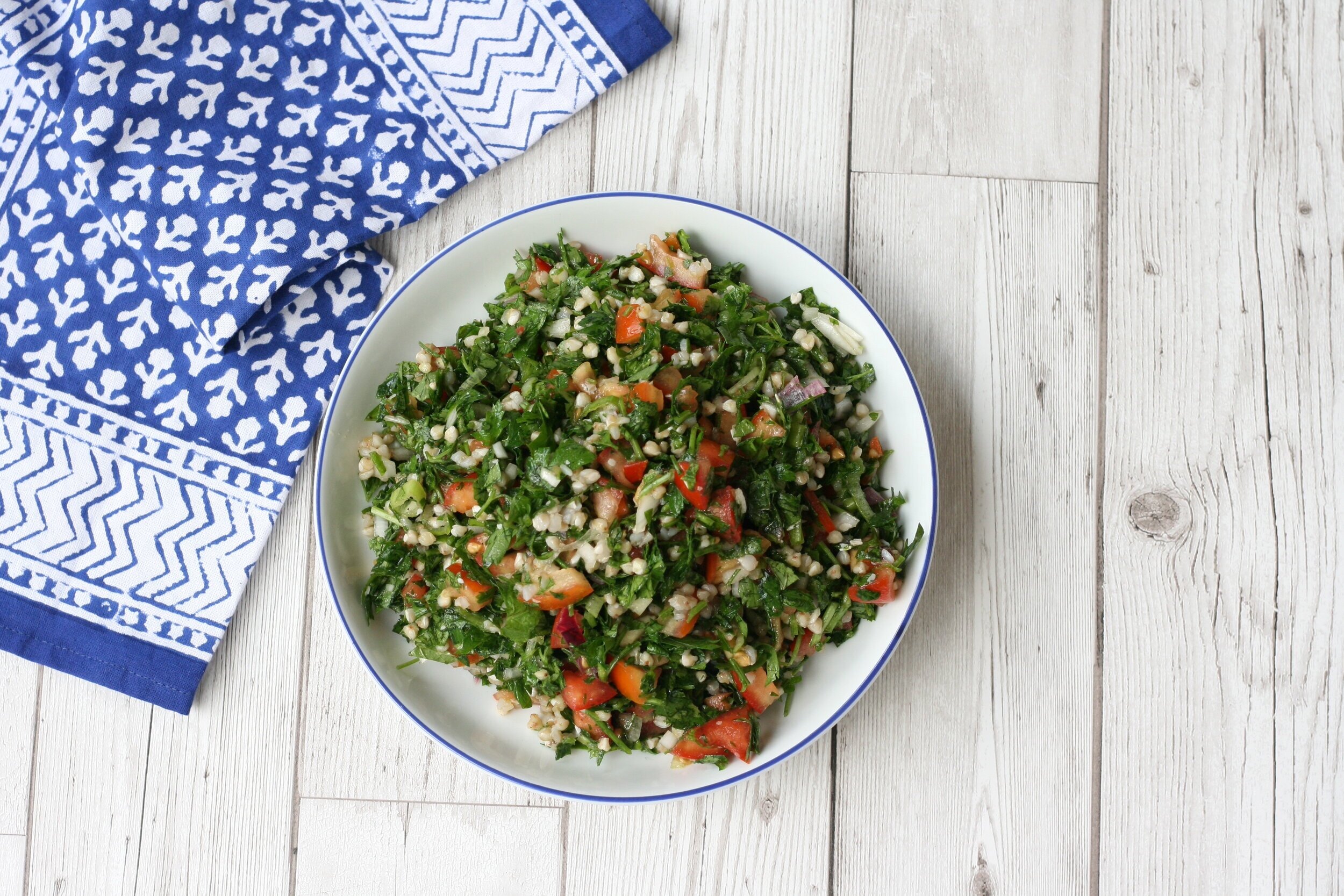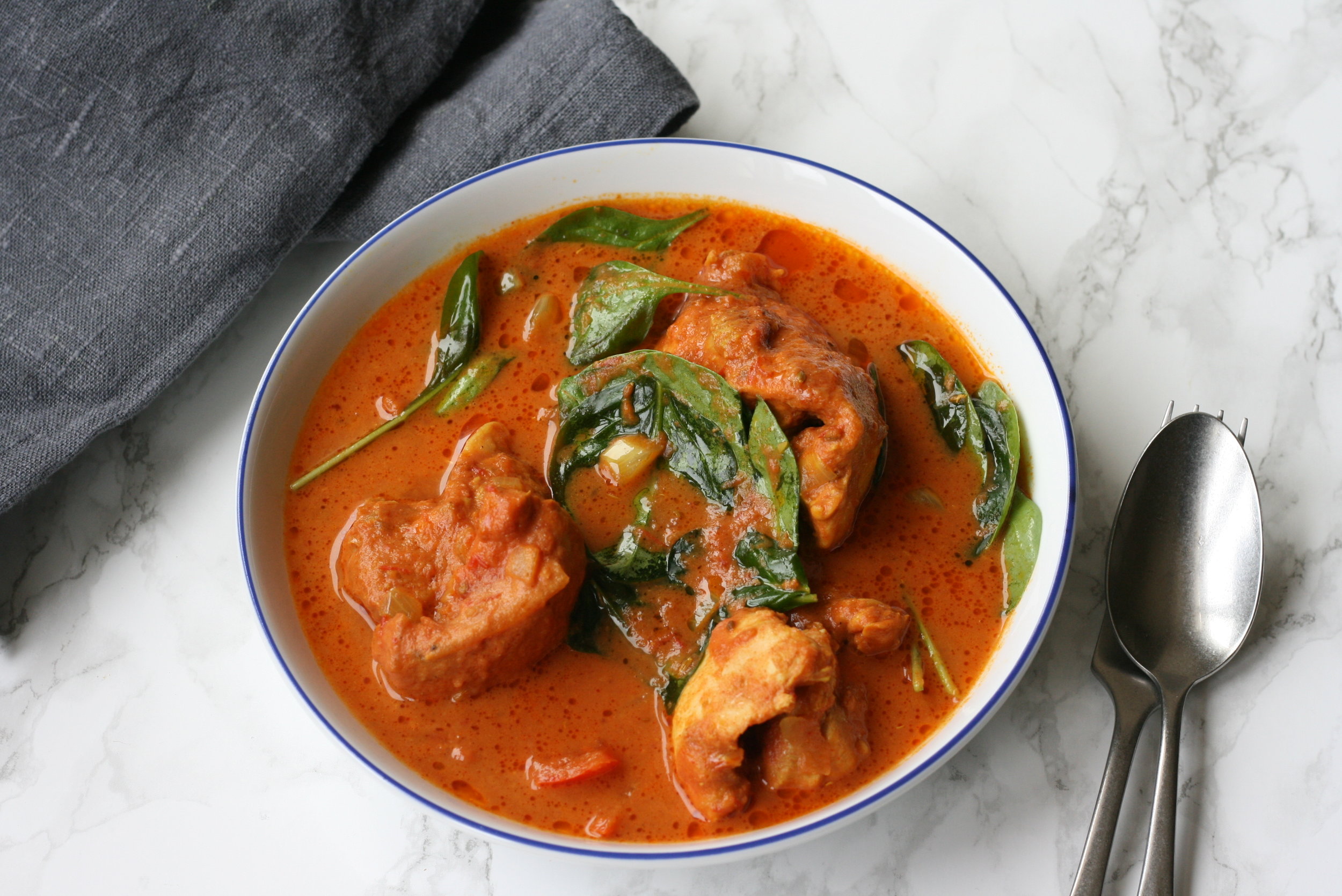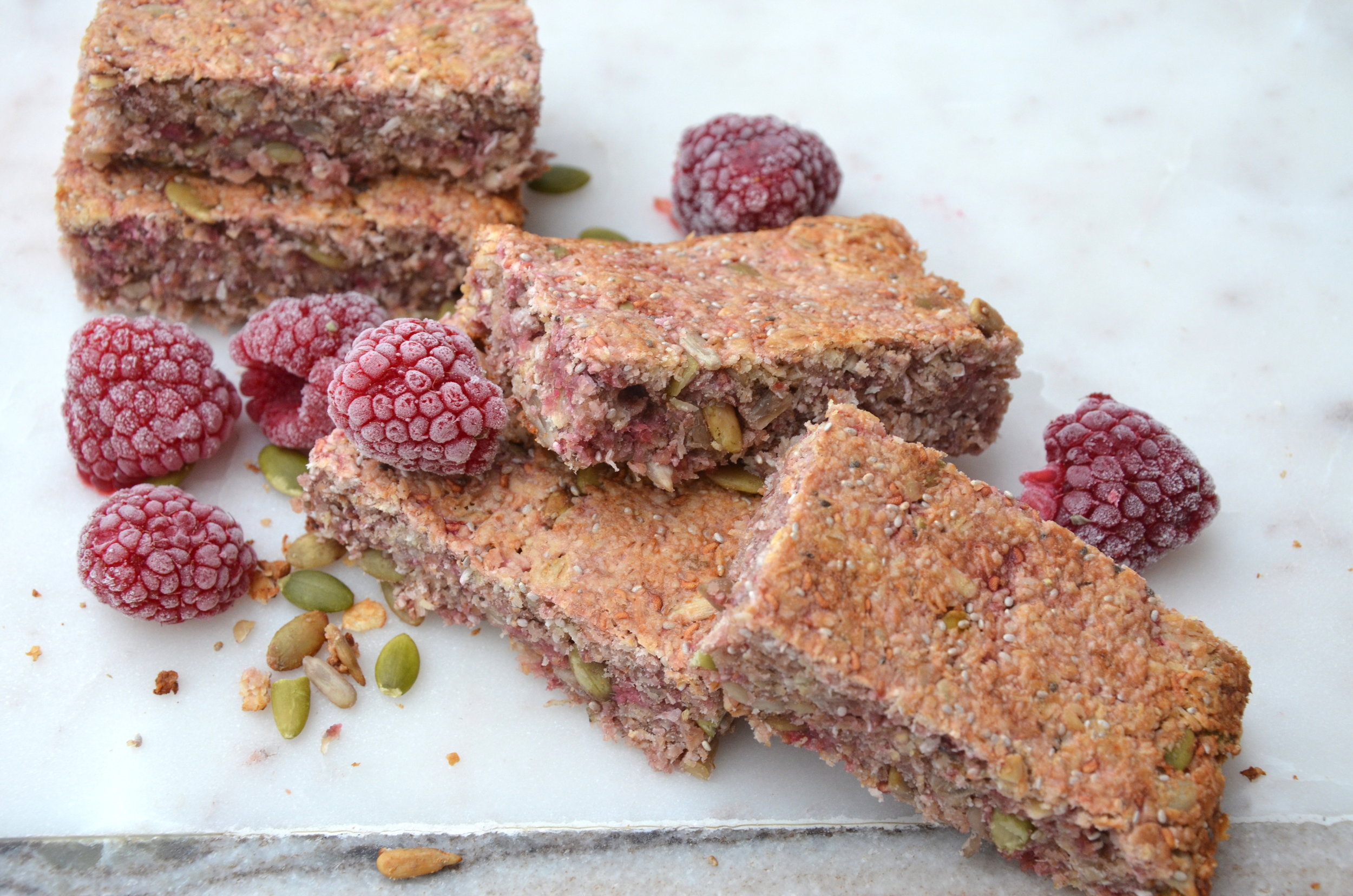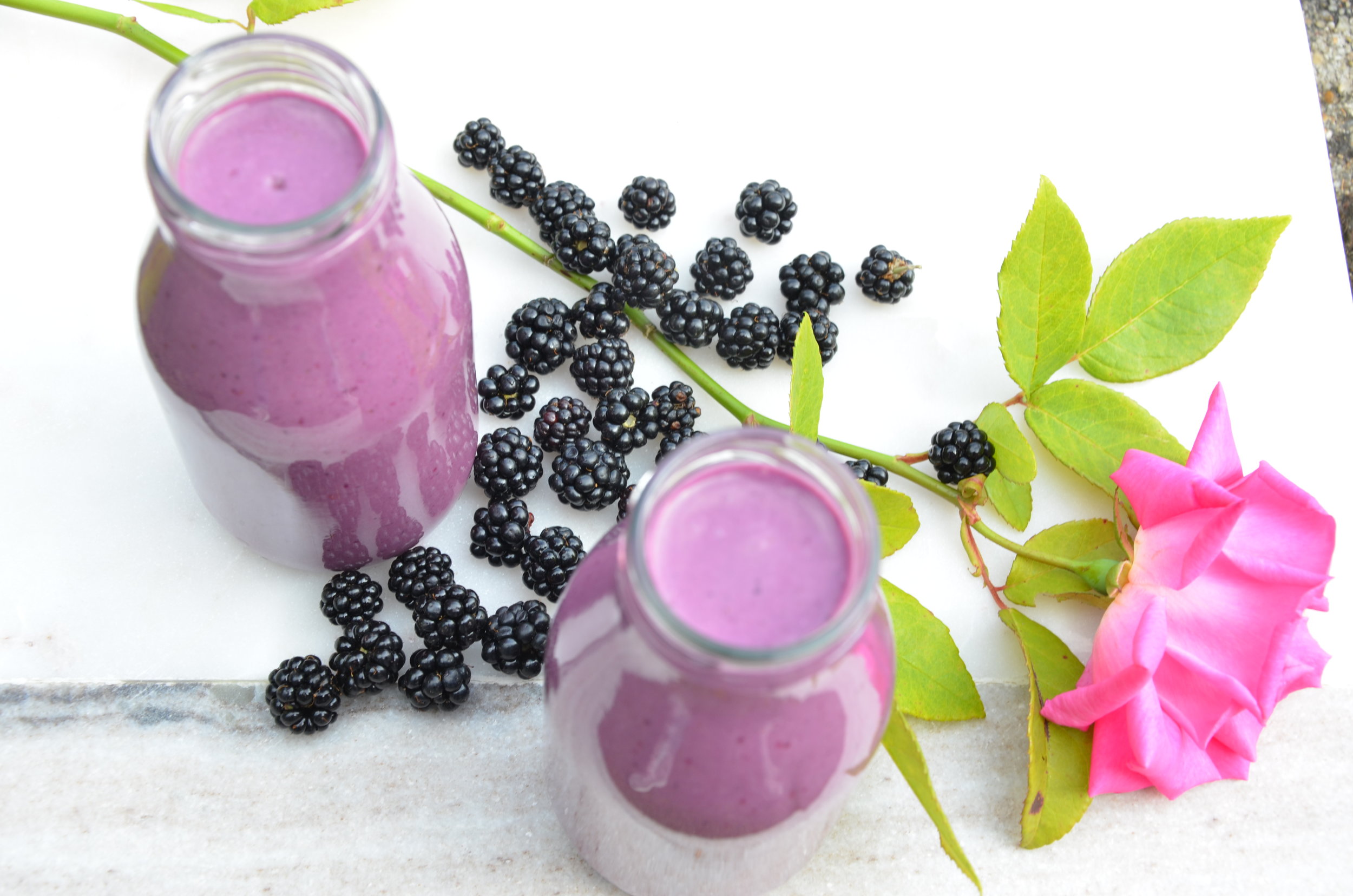We love a soup - but too many of them are low in protein to keep us satisfied. This one is not only full of protein - but also rich in fibre which helps to keep our blood sugars stable. We use the jarred beans from Bold Bean Company which are so good. Sprinkle with as much feta as you need to hit your protein target. If you divide this soup into 3 this will give you around 18g of protein. If you use chicken stock slightly more. Then adding 50g of feta and 1 tbsp pumpkin seeds will increase this to 30g protein.

